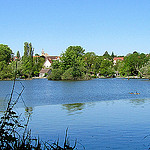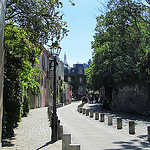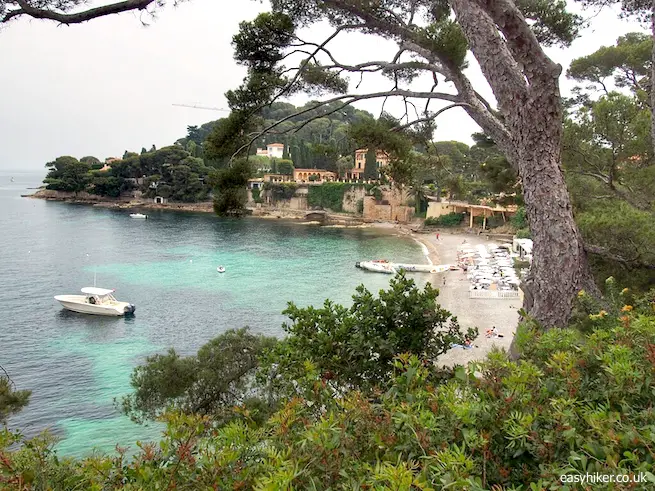Why Walk from Menton to Monaco?
1. You see a lot of stuff you don’t see from the bus
From the bus, all you see is a blur. You get the general idea of the French Riviera: the sea, the sun (if there is any), the palm trees, but are you bound to miss all those fascinating little details such as the Josephine Baker statue in Carnolès (I had no idea that she had ever been a resident) …
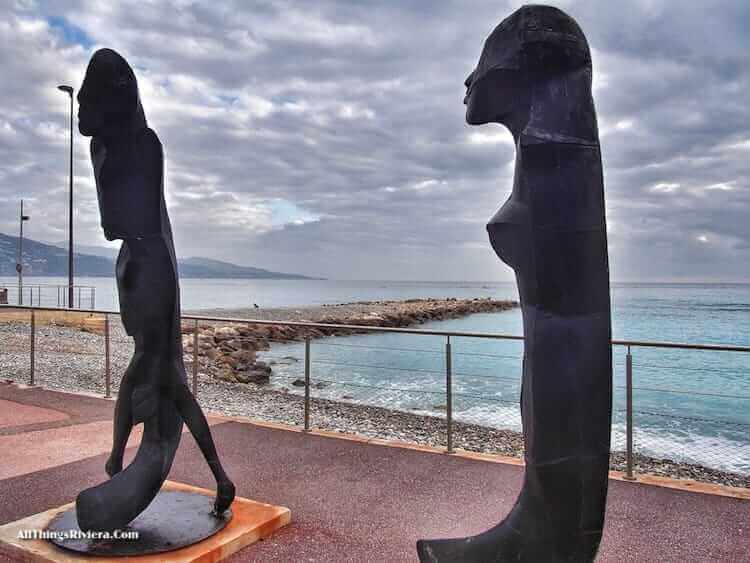
… and the sheep farm, which is – surreally – located on the premises of the local fire brigade.
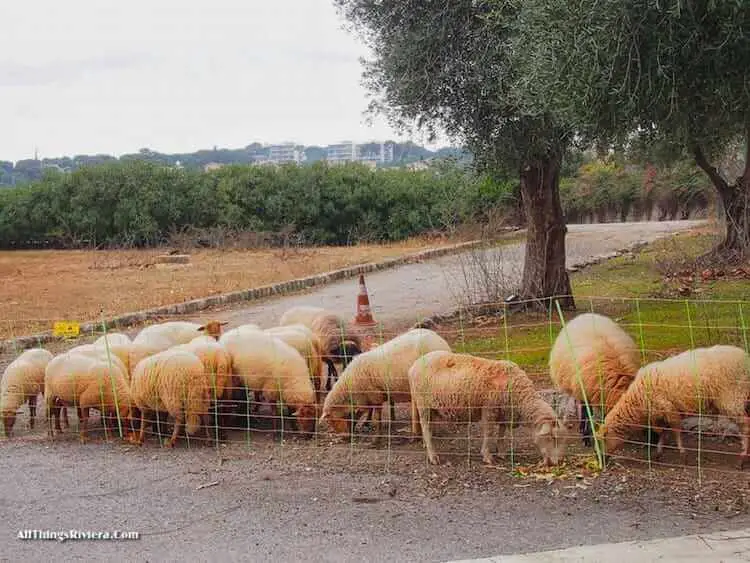
Also, I never knew how surprisingly many of the imposing villas you can see by the side of the road are actually uninhabited (abandoned?).
Some of them are just a little worse for wear, but some are in a downright pitiful state. Why would someone spend millions of bucks buying a villa on the Cote d’Azur only to let it fall into neglect? The mind boggles.
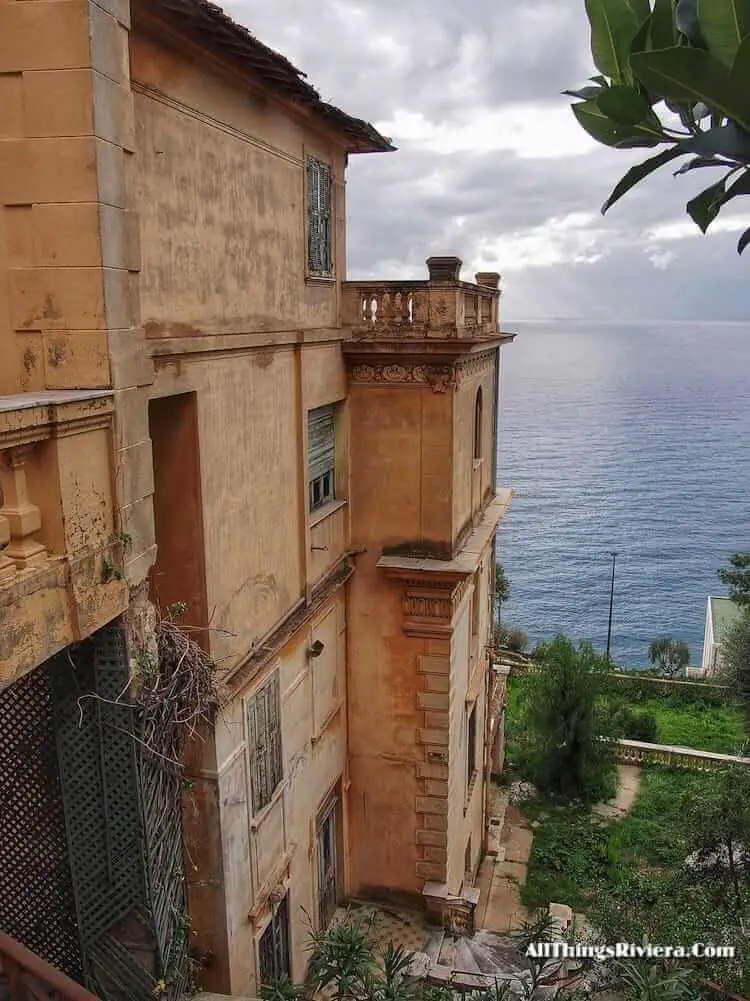
2. You get the best street view of Monaco that you are ever going to get
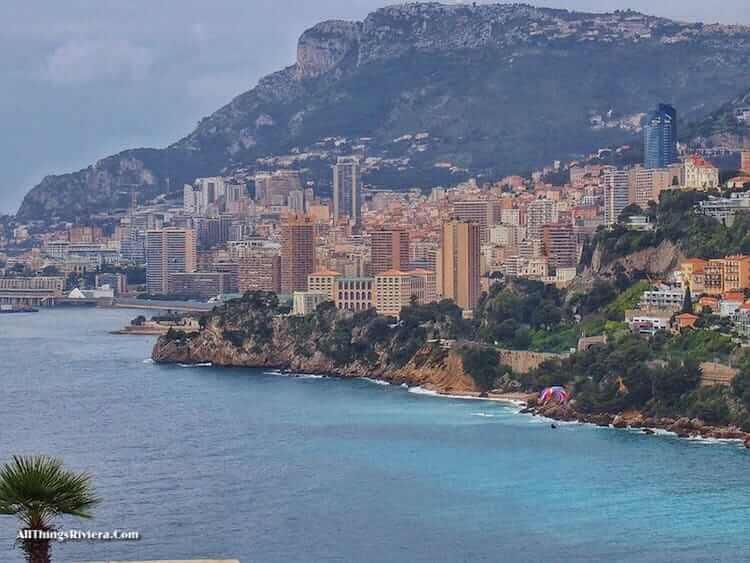
Not the best overall view (that is from the peak of the Tête de Chien, the mountain that overlooks Monaco), but you have to work hard to get to the top of that rock.
If you take Menton to Monaco on foot, this view is one you get for relatively little effort. (Bear in mind that the view from afar is the best bit of Monaco, something that the principality shares with Villefranche-sur-Mer and the planet Saturn.)
When you travel to Monaco by bus from Menton, you can see how the tourists, startled by the suddenness of the motive‘s arrival, are scrambling for their cameras and smartphones as soon as the bus rounds the corner of the Cap Martin peninsula.
Taeking Menton to Monaco on foot, you have all the time in the world to set up your shot – and to carefully pick the cheesiest angle you can find.
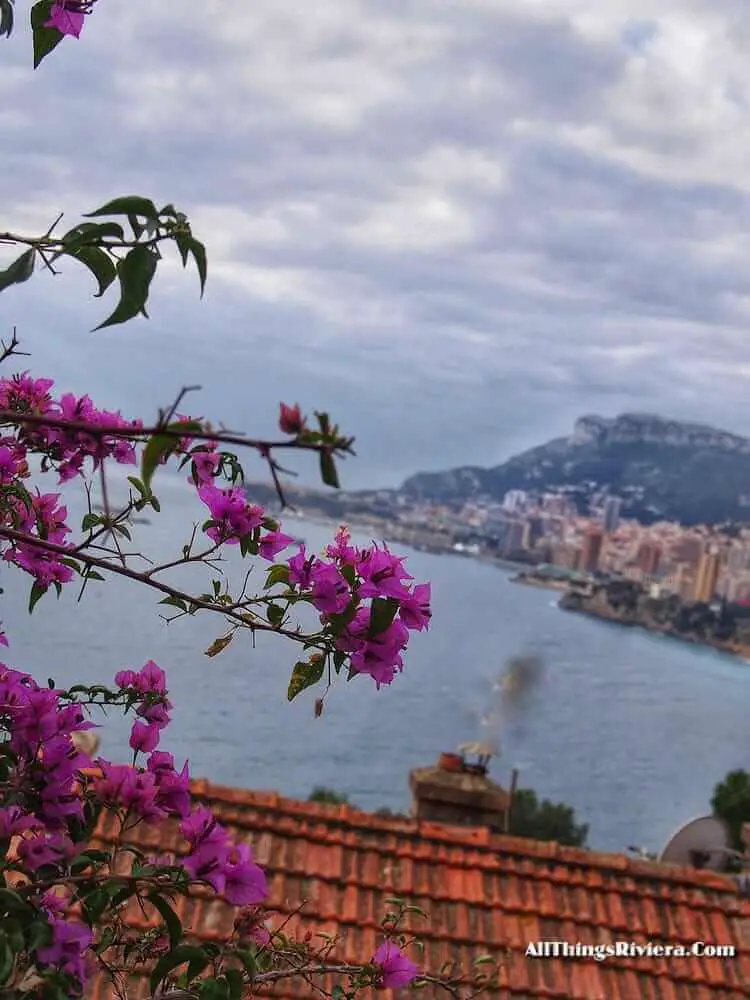
Some of the other views of the walk, meanwhile, are not half bad either.
From the eastern side of the Cap Martin peninsula, you can follow the coastline from Menton across the Italian border all the way up to Bordighera’s Cape Sant Ampelio …
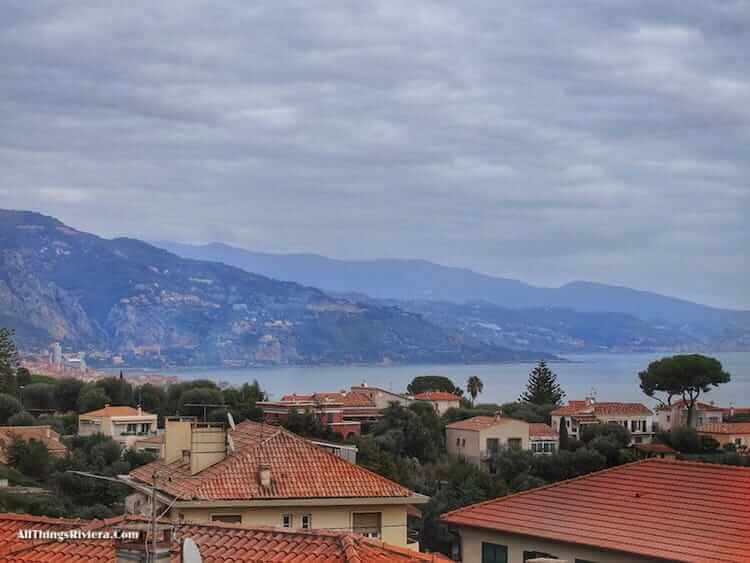
… and from the western side, you get a close-up view of the Cap Martin which features some of the world’s most expensive real estate.
The tip of the peninsula shelters Russian oligarchs, warlords and industrialists. This is also where the Congolese President Mobuto Sese Seko once resided, so memorably described (by the French humanitarian and politician Bernard Kouchner) as a “walking bank vault with a leopard-skin cap“.
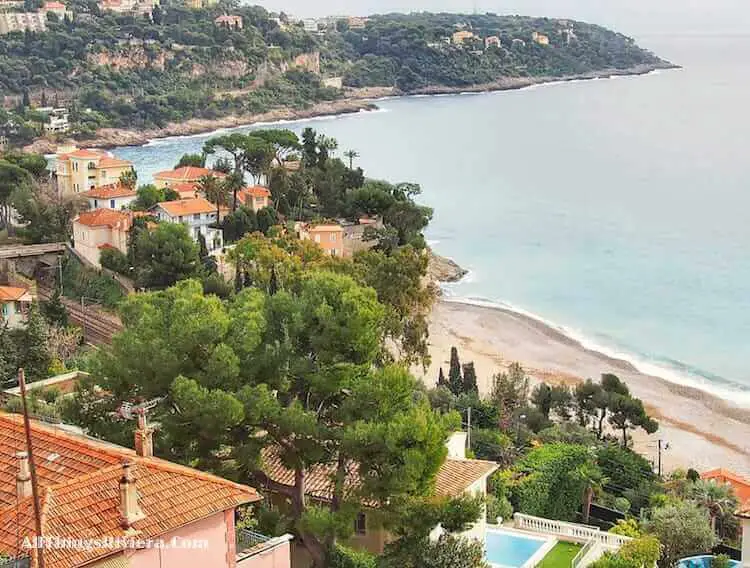
3. You can observe animals as they enjoy themselves
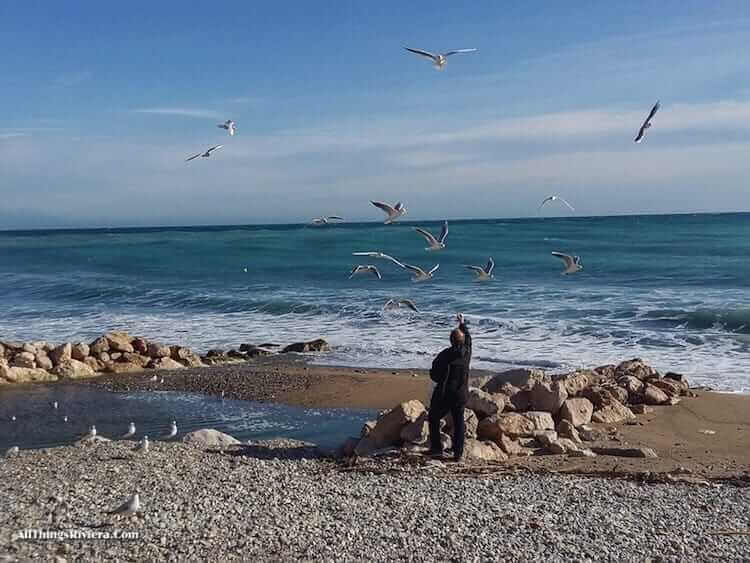
Not all kinds of animals, of course: the Riviera coast is not a zoo. But there are always plenty of seagulls, and you can see how much they love to sail in the coastal upwinds. It is common wisdom that birds do that to conserve strength while hunting for food.
Personally, having observed for many years how much joy seagulls and other local birds appear to derive from floating in the breeze, I disagree. In my view, birds do not fly to eat but eat to fly. Think about it.
The second species of which there always seems to be an abundant number of representatives (or third species, if you want to include our own) are dogs. Dogs love the seaside! And do they have of way of making that obvious.
And here is another common wisdom that I would like to challenge on the basis of my observations: that dogs are incapable of abstract thought. Admittedly, if you insist on explaining – even relatively simple – abstract concepts to your dog in words, you will very quickly hit a wall. (“Today, Spot, we are going to visit Italy. Italy, Spot: do you know what Italy is?” Dogs do not understand borders: they are true citizens of the world.)
On the other hand, dogs certainly know the meaning of “play”, and you cannot understand “play“ without forming abstract concepts in your mind. If you believe that dogs really think they are chasing a rabbit when running after a tennis ball: would they do so again and again?
4. The sun is good for you
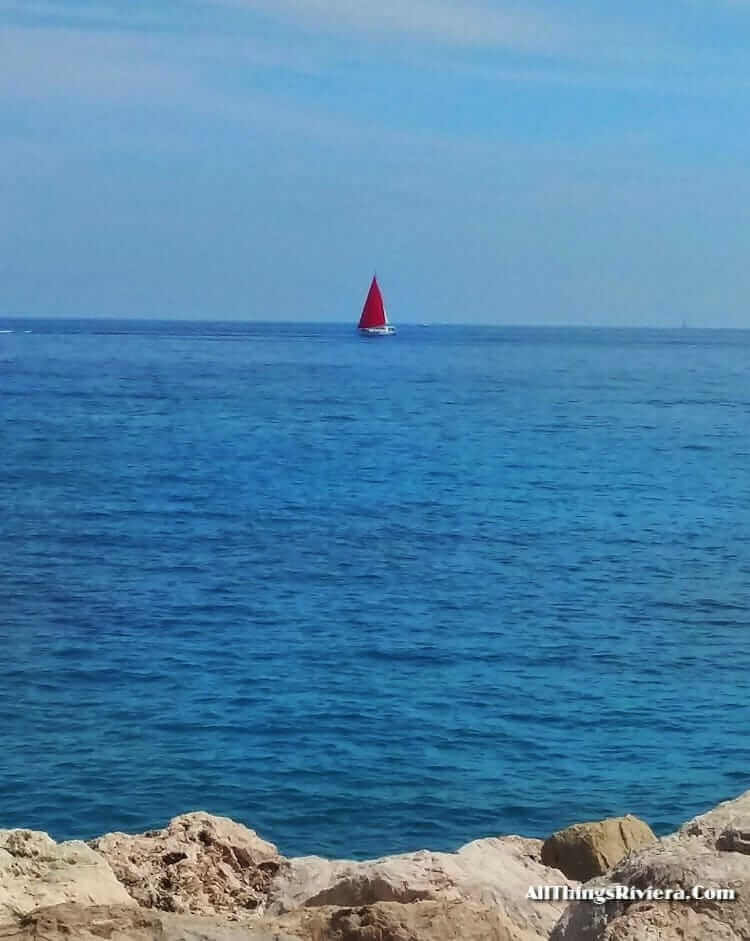
Common wisdom says that sunlight is mainly bad for you, but this time it is not me who is doing the challenging. According to a fascinating review of the latest research (“Chasing the Sun” by Linda Geddes), intense sunlight is not so much weakening the body’s immune system, as previously thought, but “tweaking” it in many different ways, some of which may indeed be harmful (and can cause skin cancer) but some of which may also help your body to prevent auto-immune diseases such as multiple sclerosis.
Exposing yourself to daylight – even in winter and even in the high latitudes of northern Europe – can do wonders for your sleep efficiency, your mental health and your overall wellbeing.
And believe it or not, sunlight can even lower your blood pressure. It is as close as a cure-all as anything that we are ever likely to discover.
5. You get to understand the Riviera and Monaco itself best when experiencing them on foot
You will understand to what extent the sprawl both characterizes and blights the Riviera – and the way in which this sprawl interacts with the pockets of urbanity such as the slightly scruffy French town of Beausoleil that encroaches upon Monaco on three sides.
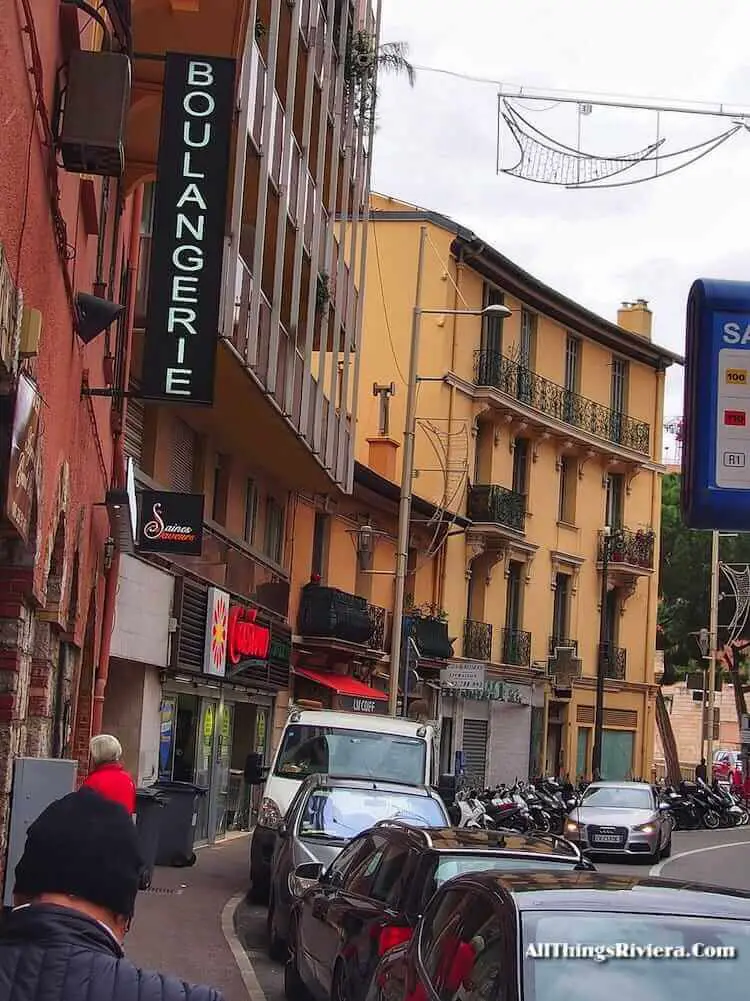
You will also learn one or two things about Monaco that you would not learn if you arrived by bus or by train. How surprisingly long it takes to walk from Monaco’s eastern frontier to the centre, for example, considering the entire principality is only slightly larger than London’s Hyde Park. Monaco is long but narrow and in places only a couple of blocks deep.
You will also appreciate the interesting ways in which the urban fabric of an essentially small Mediterranean town interacts with the bits of Manhattan that have been transplanted into its middle.
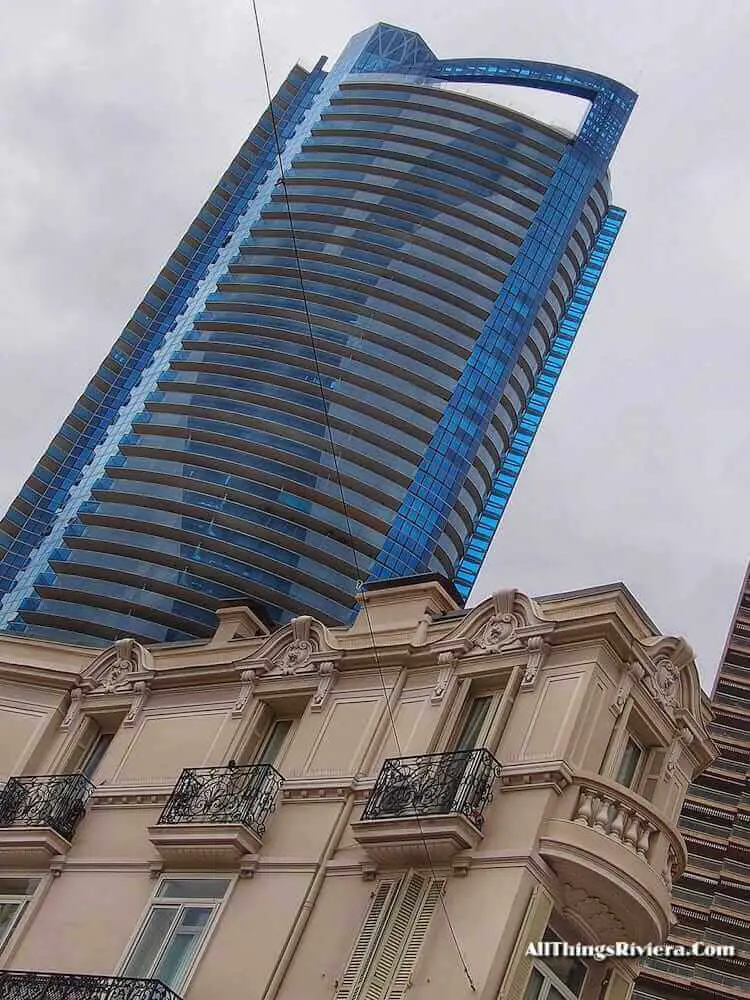
Technicalities
Proceed westward along Menton’s Promenade du Soleil. When you arrive at Rue Panait Istrati, turn right for a brief excursion to the Palais Carnoles, the former summer residence of the Grimaldi family at the time when Menton belonged to the Principality of Monaco (before 1861).
The Palais, now a museum, is currently closed for renovation, but its beautiful sculpture garden is always worth a visit.
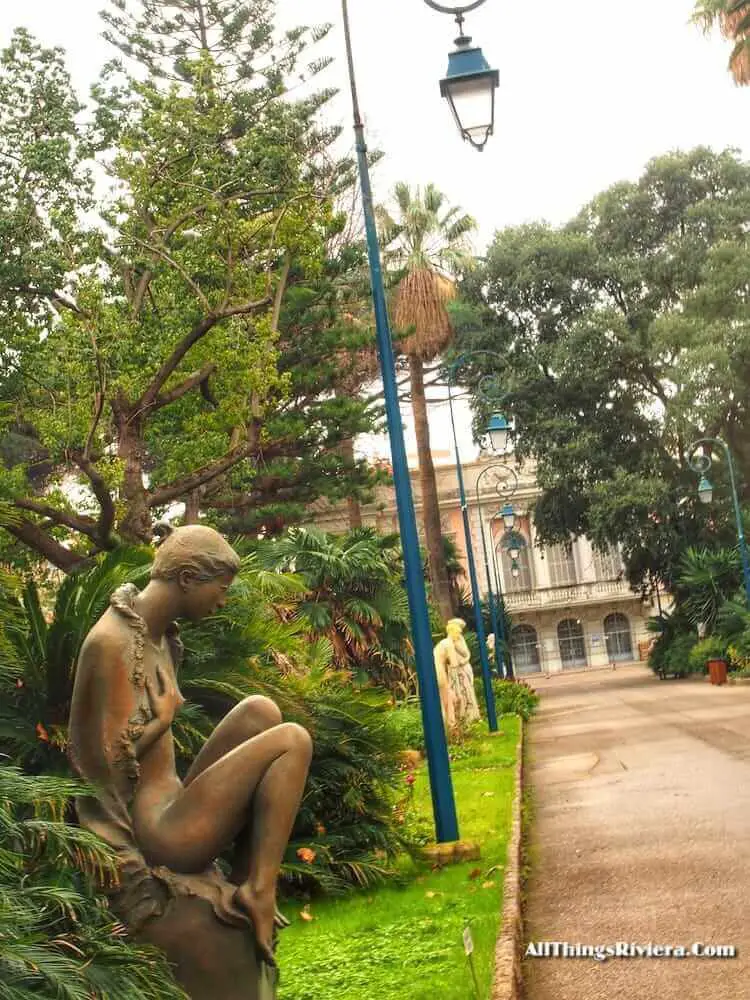
Return to the coastal road and turn right at the Josephine Baker statue, walking past Carnoles train station to the Avenue Verdun (D6007, the fabled Corniche) where you turn left. Just follow this road until you reach Monaco.
One word of warning: this walk is not for the faint-hearted. Much of the route follows the Corniche which may be one of the world’s most scenic roads but which is also a busy thoroughfare and whose sidewalk can narrow down to a point where it is strictly single-file only.
You will encounter much that you may find annoying, much that is interesting, and some things that are too beautiful for words. And, oh, by the way: the medieval castle that you see high up in the hills on your approach to Monaco is the Chateau de Roquebrune, …
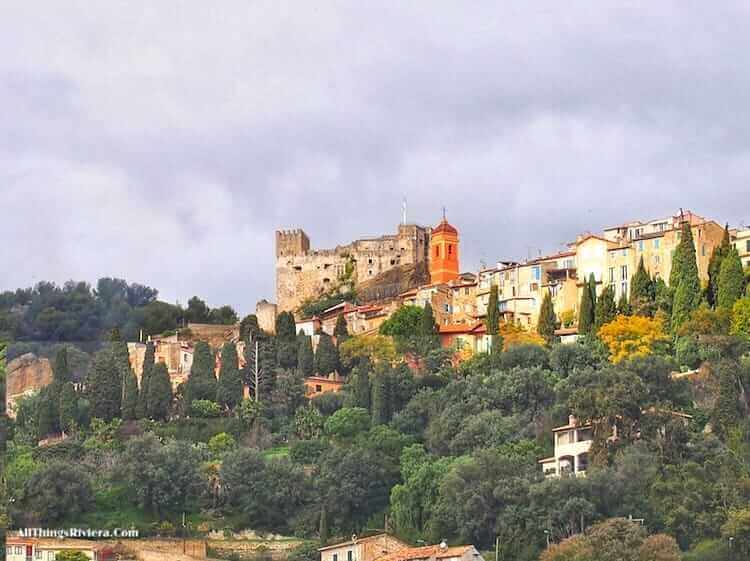
… which is easy to reach by climbing one of the stairways up the slope (such as the Escalier Saft).
Have a happy journey of discoveries on your adventure from Menton to Monaco on foot!


